- Step 1: Design and Pattern Making
- Step 2: Fabric Selection and Sourcing
- Step 3: Cutting and Sewing Techniques
- Step 4: Quality Control and Inspection Process
- Step 5: Packaging and Shipping
- Conclusion
- FAQ
When it comes to creating custom Abayas, the journey from initial design to final shipment is a meticulous process. As a brand owner or fashion entrepreneur, understanding this process is crucial to ensuring high-quality, on-time delivery of your products. Whether you’re working with an OEM clothing manufacturer or a Custom Abaya supplier, knowing what goes into each step of production will help you build a stronger brand and manage expectations. In this article, we’ll break down the Abaya production process step by step so you can better understand how your products come to life.
Step 1: Design and Pattern Making
The first step in the Abaya production process begins with a concept, a design that embodies your vision. This is the foundation of your product, and it’s where creativity meets practicality.
1. Creating the Design
Every Abaya starts with a design—whether it’s a sleek, modern cut or a traditional, flowing style. You’ll need to work closely with your Custom Abaya supplier to ensure your vision is accurately translated into a design. This is where you define the style, silhouette, details like embroidery or embellishments, and color scheme.
2. Pattern Making
Once your design is ready, the next step is pattern making. Patterns are created based on the design’s dimensions, and they are essential to ensure each Abaya fits perfectly and maintains consistency across production. A skilled pattern maker will create templates for the various pieces of the garment, such as the sleeves, body, and collar.
Pro Tip: If you’re unsure about a design, request a prototype or a first sample from your OEM clothing manufacturer. This allows you to assess the design in real life before full-scale production begins.
Step 2: Fabric Selection and Sourcing
Fabric choice is arguably one of the most important aspects of the Abaya production process. The quality, feel, and durability of the fabric will directly impact the final product’s look and feel.
1. Choosing the Right Fabric
Different fabrics give an Abaya different qualities. For instance, a luxurious silk fabric may give a high-end feel, while a cotton blend might make the garment more breathable and comfortable for everyday wear. It’s essential to discuss fabric options with your Custom Abaya supplier to choose one that fits your design and brand identity.
2. Sourcing the Fabric
After finalizing the fabric choice, the next step is sourcing the material. Depending on your production scale, the fabric may come from local or international suppliers. Make sure to check the quality and consistency of the fabric by requesting samples or swatches.
Pro Tip: Work closely with your OEM clothing manufacturer to get the best price for bulk fabric purchases. This will help control costs and ensure you’re not compromising quality for a lower price.
Step 3: Cutting and Sewing Techniques
Once the design and fabric are finalized, it’s time to move into the cutting and sewing stages. This is where your Abayas begin to take shape.
1. Fabric Cutting
Using the patterns created in step one, skilled cutters will carefully cut the fabric to ensure that each piece is uniform and accurate. Precision is key here, as small mistakes can lead to inconsistencies in the final product.
2. Sewing the Abaya
The pieces are then sewn together by experienced tailors. Depending on the complexity of the design, this step may involve several different types of stitching, like straight seams, French seams, or overlocking to ensure durability and smoothness.
Pro Tip: Ensure that your Custom Abaya supplier follows strict guidelines for stitching and finishing. Quality stitching not only impacts the look but also the longevity of the Abaya.
Step 4: Quality Control and Inspection Process
At this stage, you’ve got a nearly finished Abaya, but it’s essential to implement thorough quality control (QC) checks to ensure your product meets your brand’s standards.
1. In-line Inspections
During the sewing process, quality inspectors perform in-line checks to monitor the production for any defects, such as uneven stitching, fabric flaws, or incorrect measurements.
2. Final Inspection
Once the Abayas are fully assembled, a final inspection is conducted. This includes checking for color consistency, sizing, stitching accuracy, and any fabric imperfections. Each garment should be thoroughly examined before moving on to the next phase.
Pro Tip: Consider setting up a quality control checklist with your OEM clothing manufacturer. This will help ensure consistent quality across each batch.
Step 5: Packaging and Shipping
Once the Abayas pass quality inspection, they’re ready to be packaged and shipped to you or your customers. Proper packaging is crucial to ensure the garments arrive safely and look presentable.
1. Packaging the Abayas
Abayas are delicately folded and packaged in protective materials to avoid any damage during transit. Additionally, your Custom Abaya supplier can include branded hang tags, labels, and packaging that represent your brand’s aesthetic.
2. Shipping Logistics
The final step is getting the product from the factory to you or directly to your customers. Shipping may take place via air, sea, or land depending on your location and the urgency of the order. Be sure to discuss shipping costs and timelines with your OEM clothing manufacturer in advance.
Pro Tip: When working with your Custom Abaya supplier, ask for tracking and shipping details so you can monitor the shipment and stay on top of any potential delays.
Conclusion
The Abaya production process is a journey that involves creativity, precision, and dedication at every step. From the initial design and fabric selection to cutting, sewing, and quality control, each phase ensures that the final product is of the highest quality. By understanding each stage of the process, you’ll be better equipped to collaborate with your OEM clothing manufacturer and Custom Abaya supplier, ensuring the creation of Abayas that reflect your brand’s identity and meet your customers’ expectations.
If you’re ready to begin your own Abaya production journey, make sure to partner with a supplier who understands the importance of each step and is committed to delivering high-quality products that align with your brand vision.
FAQ
Q1: How long does it take to produce an Abaya?
It typically takes between 45 to 60 days for the full production process, depending on the complexity of the design and the manufacturer’s capacity.
Q2: Can I customize the fabric for my Abayas?
Yes! You can choose the fabric that best suits your brand’s aesthetic and your customers’ needs. Work with your Custom Abaya supplier to select the perfect material.
Q3: How do I ensure the quality of my Abayas?
Make sure to set clear quality control standards with your OEM clothing manufacturer, conduct in-line inspections, and perform a final inspection before shipment.
Q4: What types of packaging are available for Abayas?
Abayas can be packaged in a variety of ways, from simple plastic bags to branded boxes and hangers. Discuss your preferences with your Custom Abaya supplier to choose the right option for your brand.
Q5: Can I order small quantities of Abayas?
Some OEM clothing manufacturers offer flexible MOQ (Minimum Order Quantity), but it’s best to confirm with the supplier. Smaller orders may result in higher costs per unit.


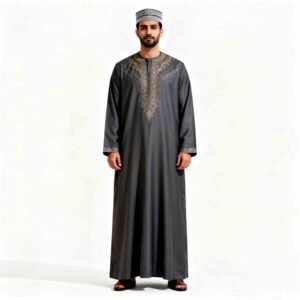
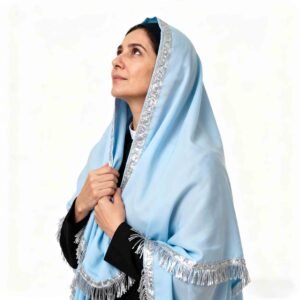
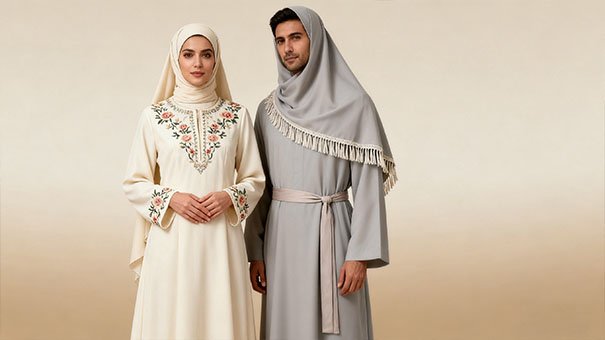
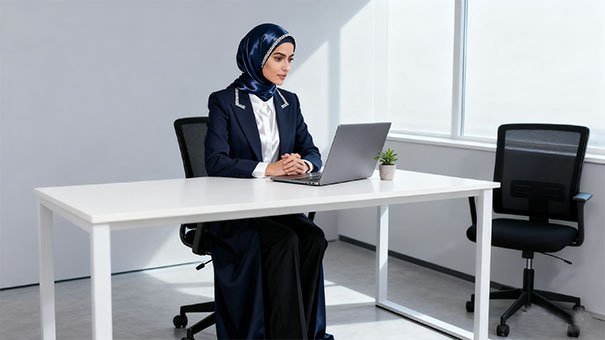

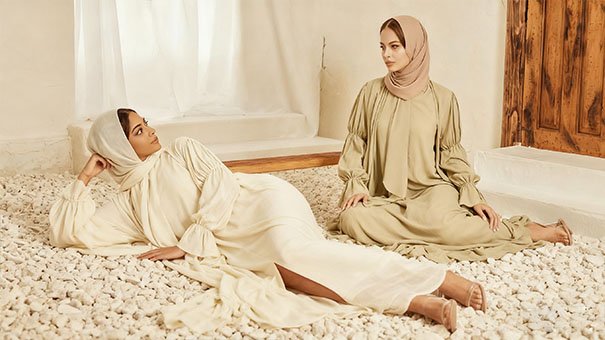

2 Comments